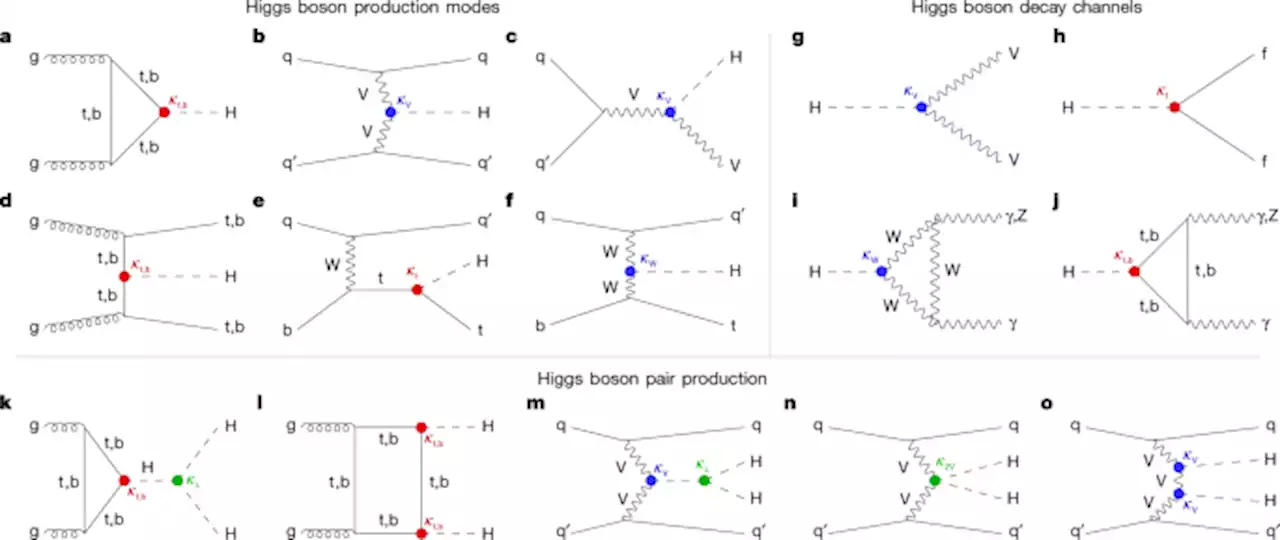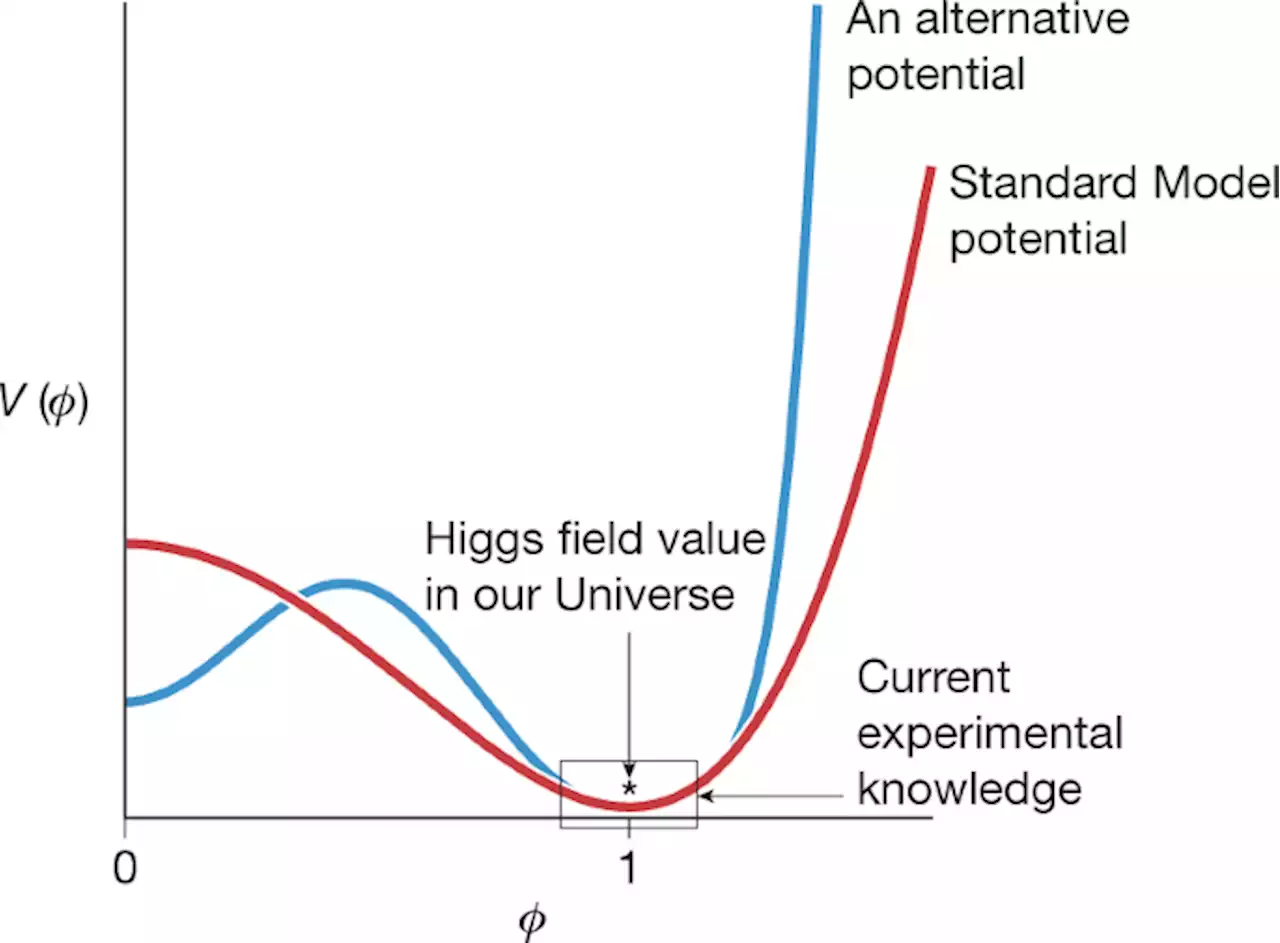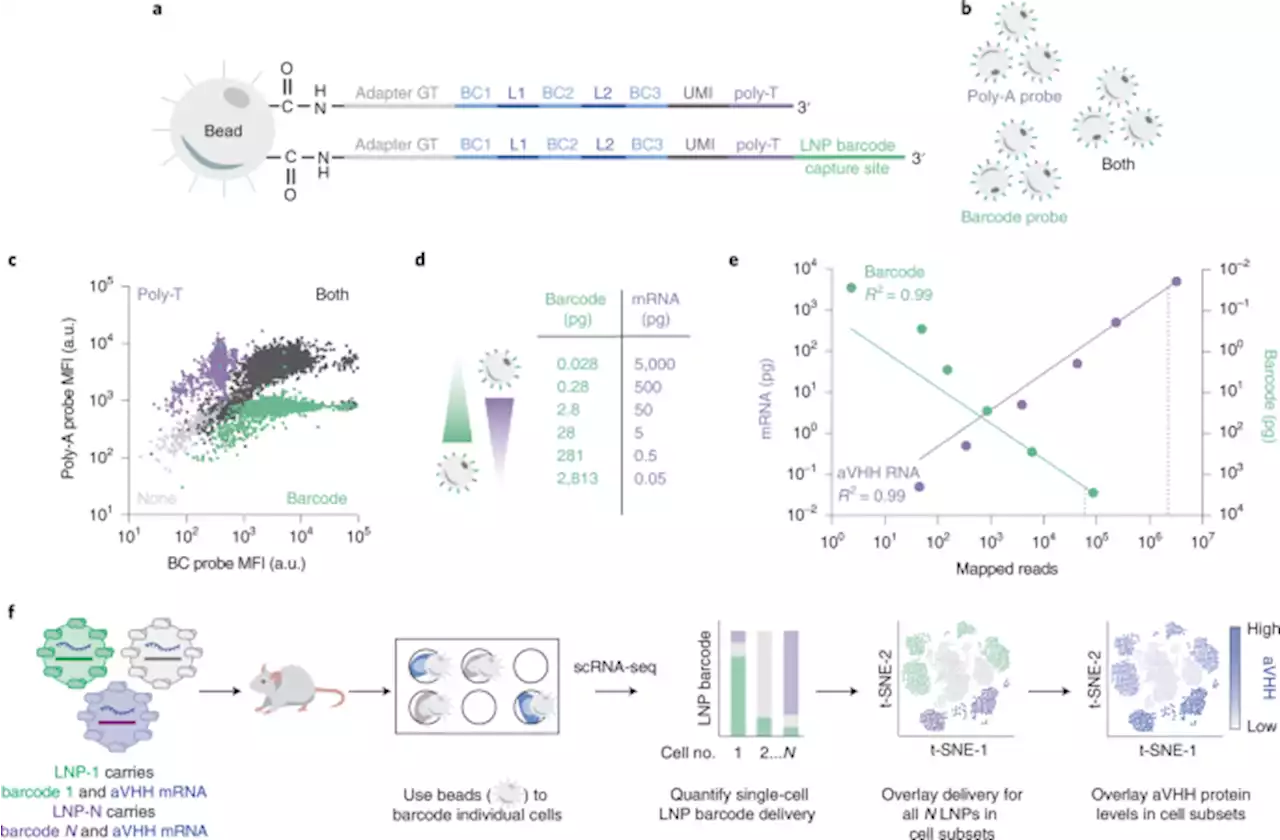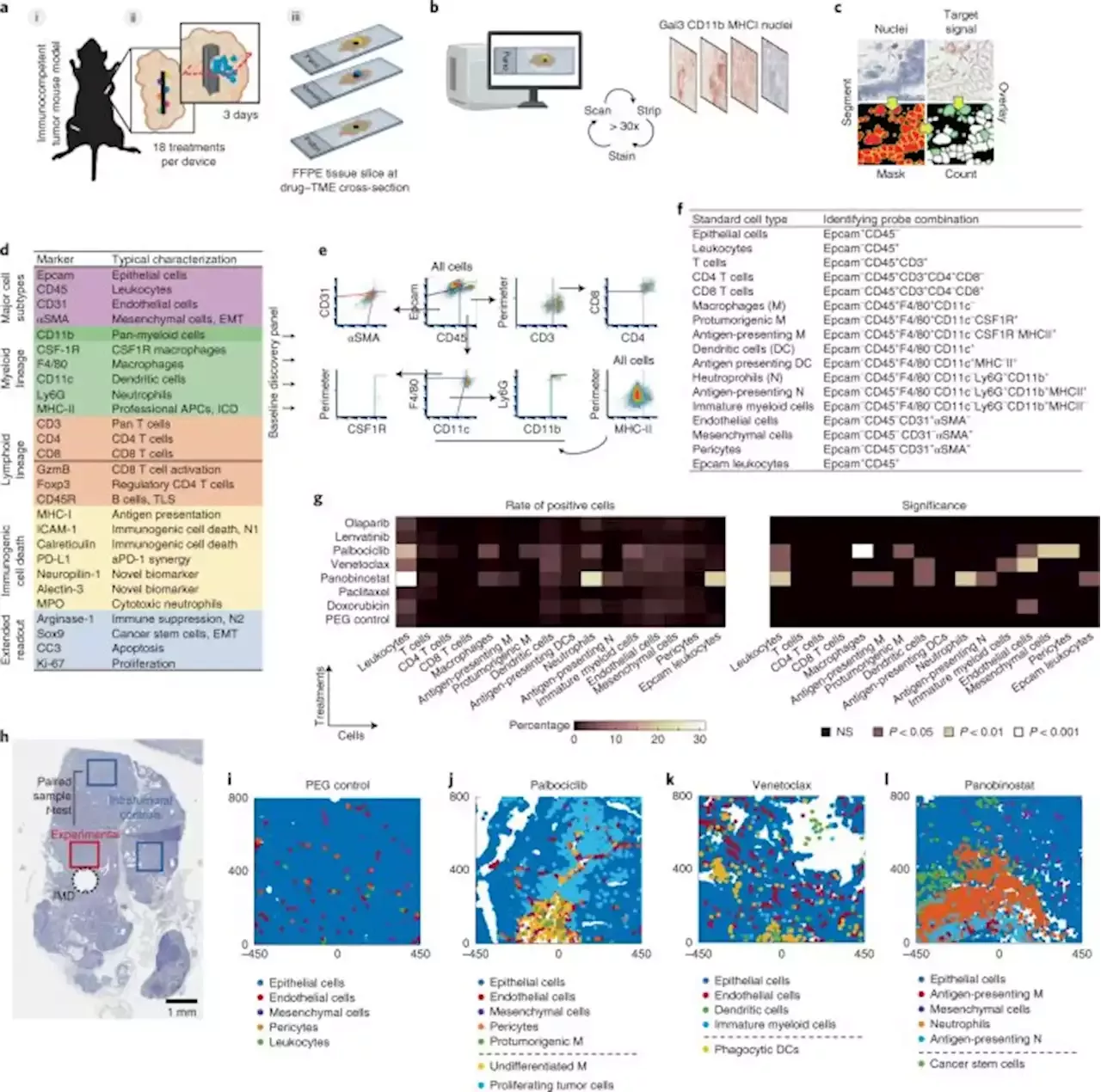A multiplex implantable microdevice assay identifies synergistic combinations of cancer immunotherapies and conventional drugs
translate to 20%, 25%, 30% and 40% of drug concentration in PEG, respectively, when released from the nanowell. The calibration was determined previously using mass spectrometry measurements. Pure PEG was used in control conditions. Implanting multiple devices per tumor and/or multifocal animal models can increase the throughput up to 50–70 times as compared to conventional systemic treatment studies.
Before iterative cycles of staining, whole slide scanning and fluorophore bleaching, the slides were subjected to heat-mediated antigen retrieval by being immersed in citrate buffer for 25 minutes and then briefly rinsed in a hot bath and then immersed in Tris/EDTA buffer for 15 minutes, all using a Cuisinart Electric Pressure Cooker . Protein blocking was performed for 30 minutes at room temperature with 10% normal goat serum and 1% BSA in 1×PBS.
The readout antibody panel was carefully designed so that it broadly captures all major TME subtypes and allows to find synergy with the most established and/or emerging immunotherapies . Based on this, we defined a minimal essential set of 13 markers that classifies distinct myeloid and lymphoid lineages as well as components of non-immune stroma .
The cost of the MIMA workflow has two major components: one, the cost of the drug-loaded microdevices, which is ~$600–800 per device for a typical study, depending on the number and cost of individual drugs loaded into the device reservoirs; and two, the cost of the cycIF/mIHC, which is ~$50 per slide per cycle with basic immunohistochemistry infrastructure in place.
United States Latest News, United States Headlines
Similar News:You can also read news stories similar to this one that we have collected from other news sources.
 The Nature of TwinsRecent studies of identical twins have challenged our most entrenched views of behavioral development. What do these studies reveal about human nature?
The Nature of TwinsRecent studies of identical twins have challenged our most entrenched views of behavioral development. What do these studies reveal about human nature?
Read more »
 A portrait of the Higgs boson by the CMS experiment ten years after the discovery - NatureThe most up-to-date combination of results on the properties of the Higgs boson is reported, which indicate that its properties are consistent with the standard model predictions, within the precision achieved to date.
A portrait of the Higgs boson by the CMS experiment ten years after the discovery - NatureThe most up-to-date combination of results on the properties of the Higgs boson is reported, which indicate that its properties are consistent with the standard model predictions, within the precision achieved to date.
Read more »
 A new phase of the Cancer Moonshot to end cancer as we know it - Nature MedicineImproved screening, novel therapies and a focus on health equity can reduce cancer mortality by 50% in the next 25 years, but these must be underpinned by an investment in basic, translational and clinical research, along with open data.
A new phase of the Cancer Moonshot to end cancer as we know it - Nature MedicineImproved screening, novel therapies and a focus on health equity can reduce cancer mortality by 50% in the next 25 years, but these must be underpinned by an investment in basic, translational and clinical research, along with open data.
Read more »
 The Higgs boson turns ten - NatureTen years since the discovery of the Higgs boson, the exploration of the Higgs sector, as this overview shows, has progressed far beyond original expectations, but many research questions still remain open.
The Higgs boson turns ten - NatureTen years since the discovery of the Higgs boson, the exploration of the Higgs sector, as this overview shows, has progressed far beyond original expectations, but many research questions still remain open.
Read more »
 Twentieth-century Azores High expansion unprecedented in the past 1,200 years - Nature GeoscienceThe Azores High over the North Atlantic has expanded due to anthropogenic climate change, disrupting precipitation patterns in western Europe, according to climate modelling and precipitation proxy records spanning the past millennium.
Twentieth-century Azores High expansion unprecedented in the past 1,200 years - Nature GeoscienceThe Azores High over the North Atlantic has expanded due to anthropogenic climate change, disrupting precipitation patterns in western Europe, according to climate modelling and precipitation proxy records spanning the past millennium.
Read more »
 Nanoparticle single-cell multiomic readouts reveal that cell heterogeneity influences lipid nanoparticle-mediated messenger RNA delivery - Nature NanotechnologyCell heterogeneity might impact the delivery of lipid nanoparticles (LNPs) and efficacy of messenger RNA-based therapies in vivo. Here, the authors propose an approach to measure how various LNPs deliver DNA barcodes and mRNA to cells using single-cell RNA sequencing, providing a correlation between LNP uptake and the expression of specific genes that characterize cellular subtypes.
Nanoparticle single-cell multiomic readouts reveal that cell heterogeneity influences lipid nanoparticle-mediated messenger RNA delivery - Nature NanotechnologyCell heterogeneity might impact the delivery of lipid nanoparticles (LNPs) and efficacy of messenger RNA-based therapies in vivo. Here, the authors propose an approach to measure how various LNPs deliver DNA barcodes and mRNA to cells using single-cell RNA sequencing, providing a correlation between LNP uptake and the expression of specific genes that characterize cellular subtypes.
Read more »
